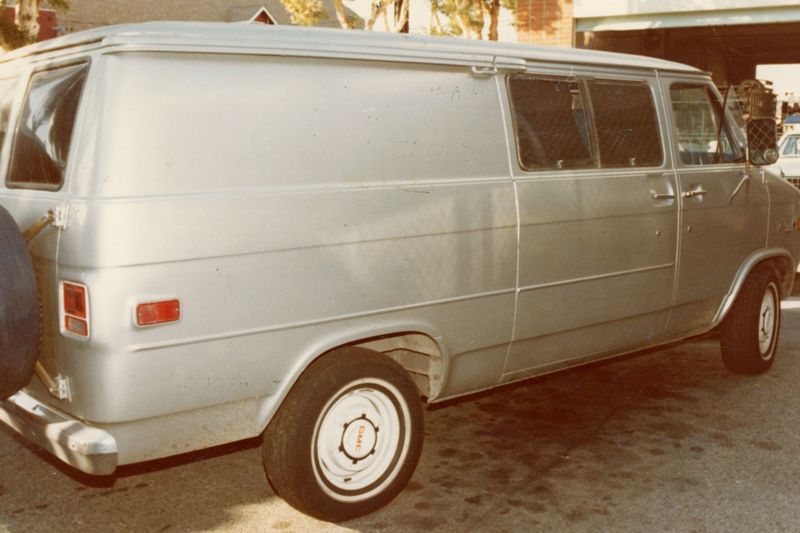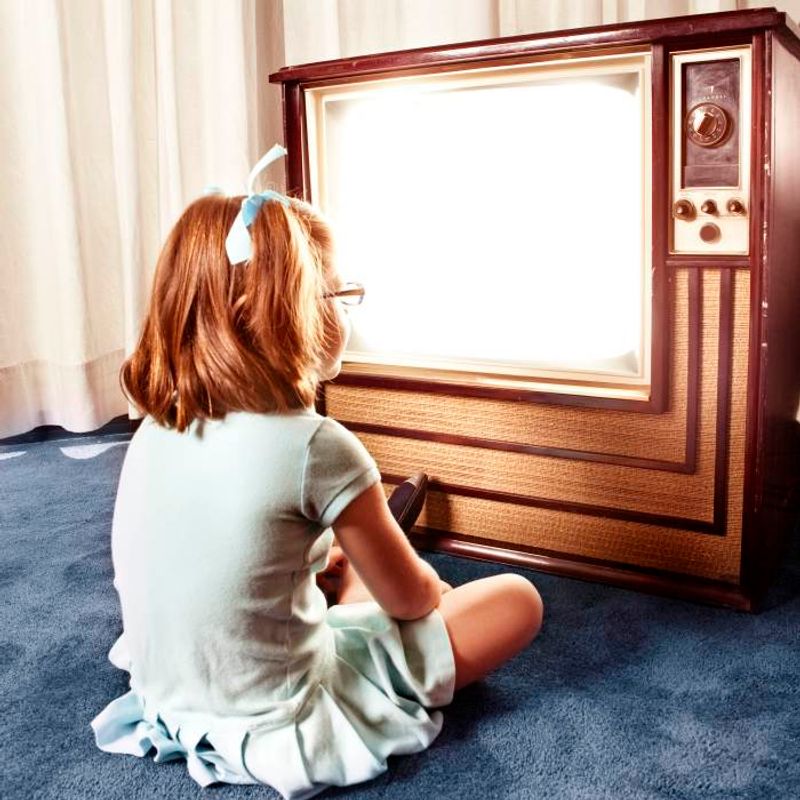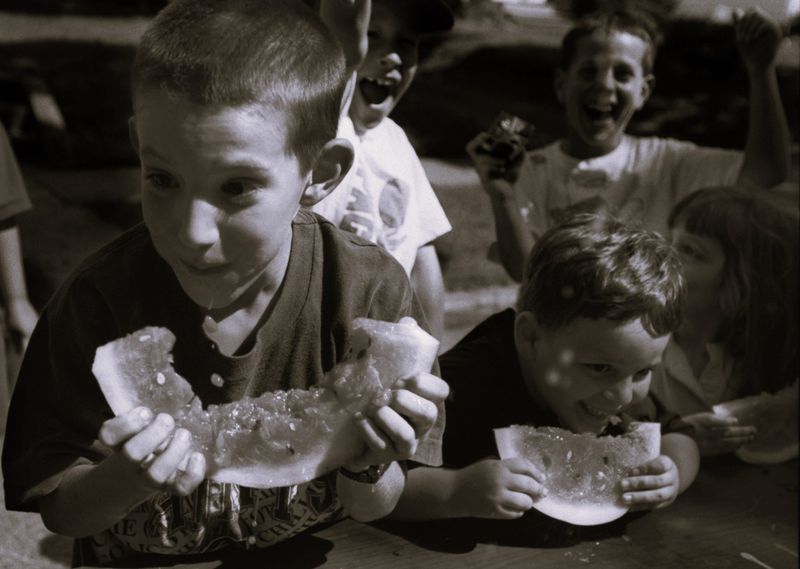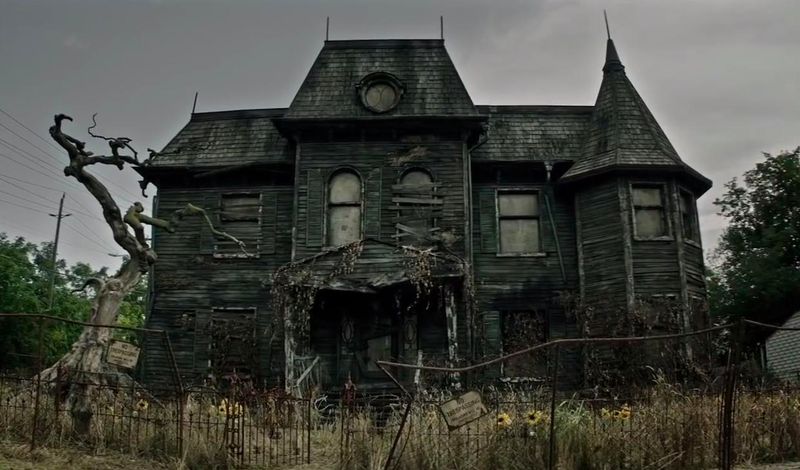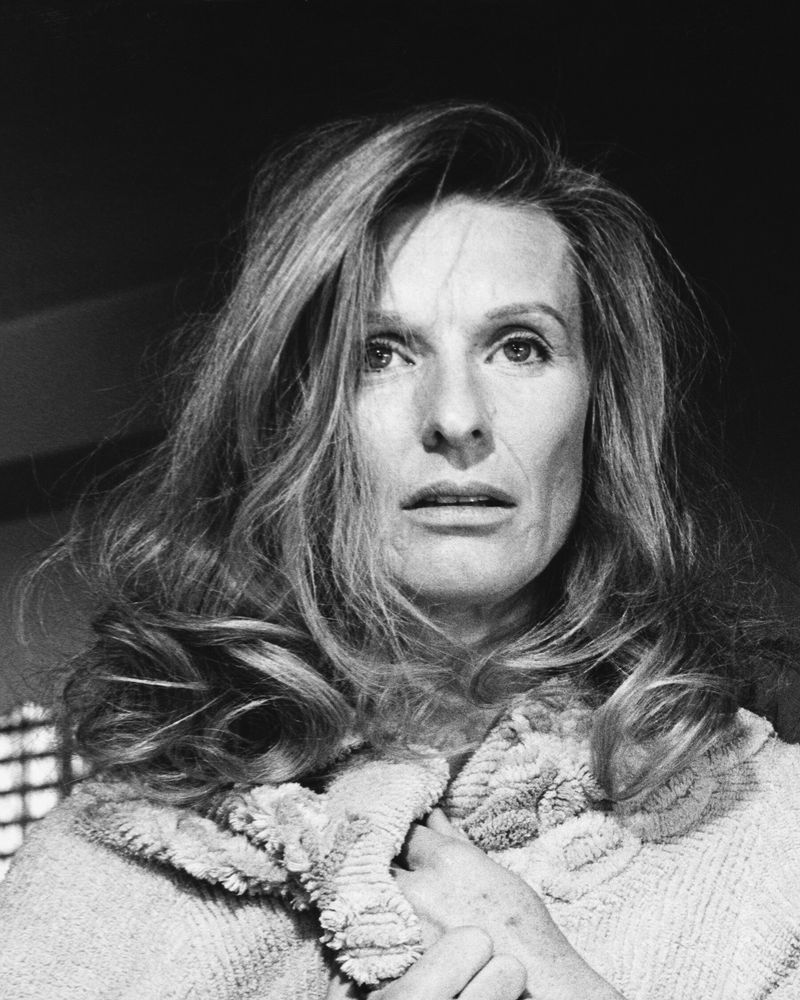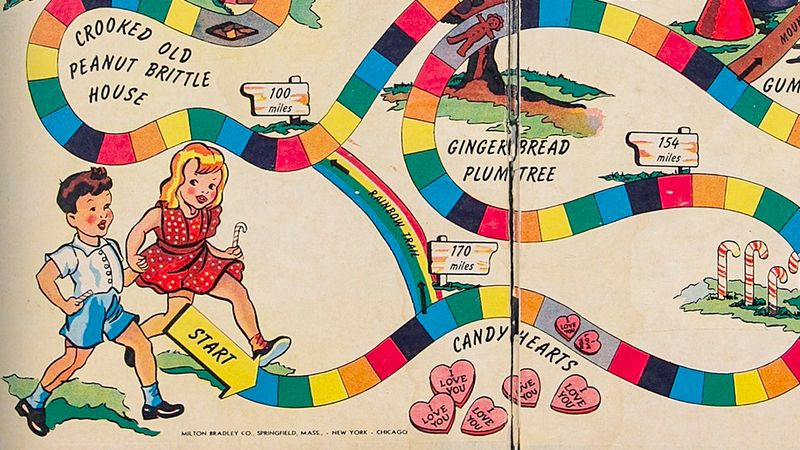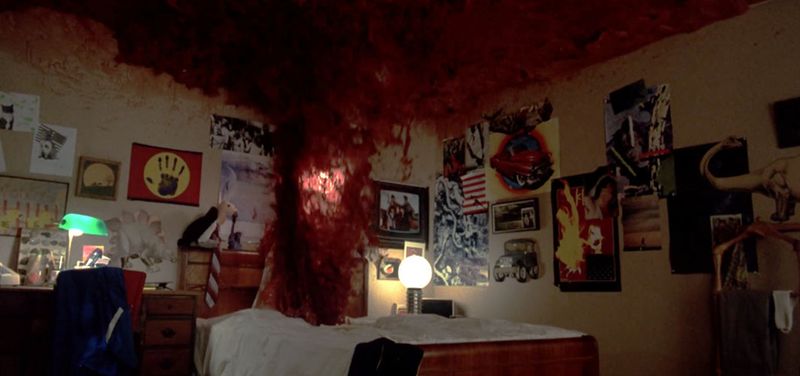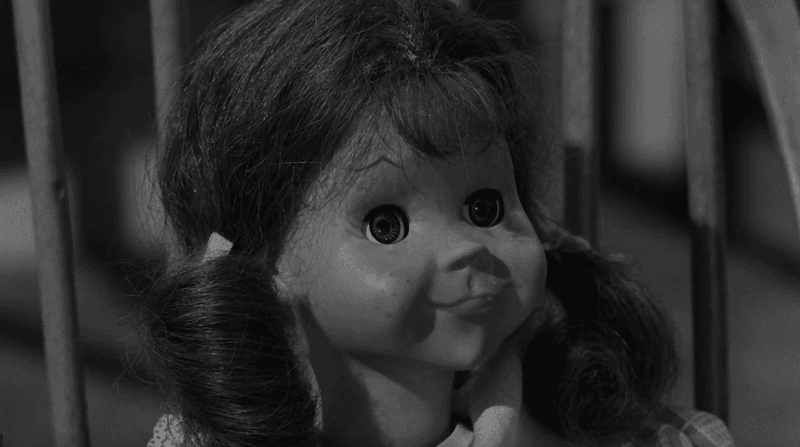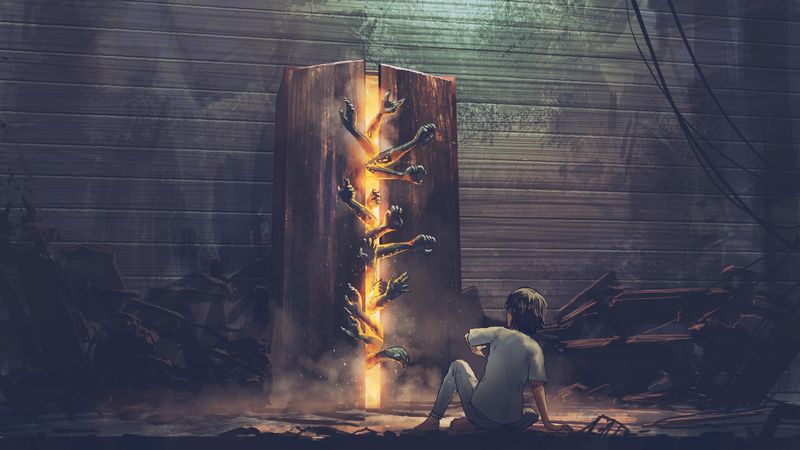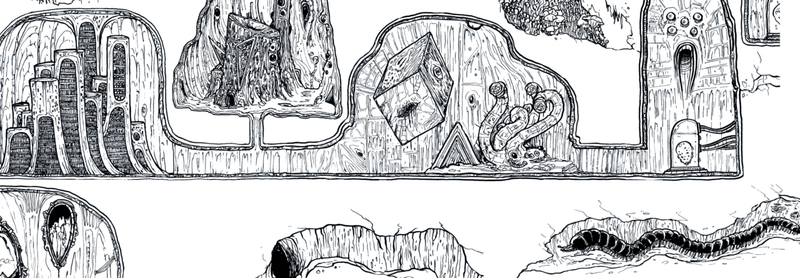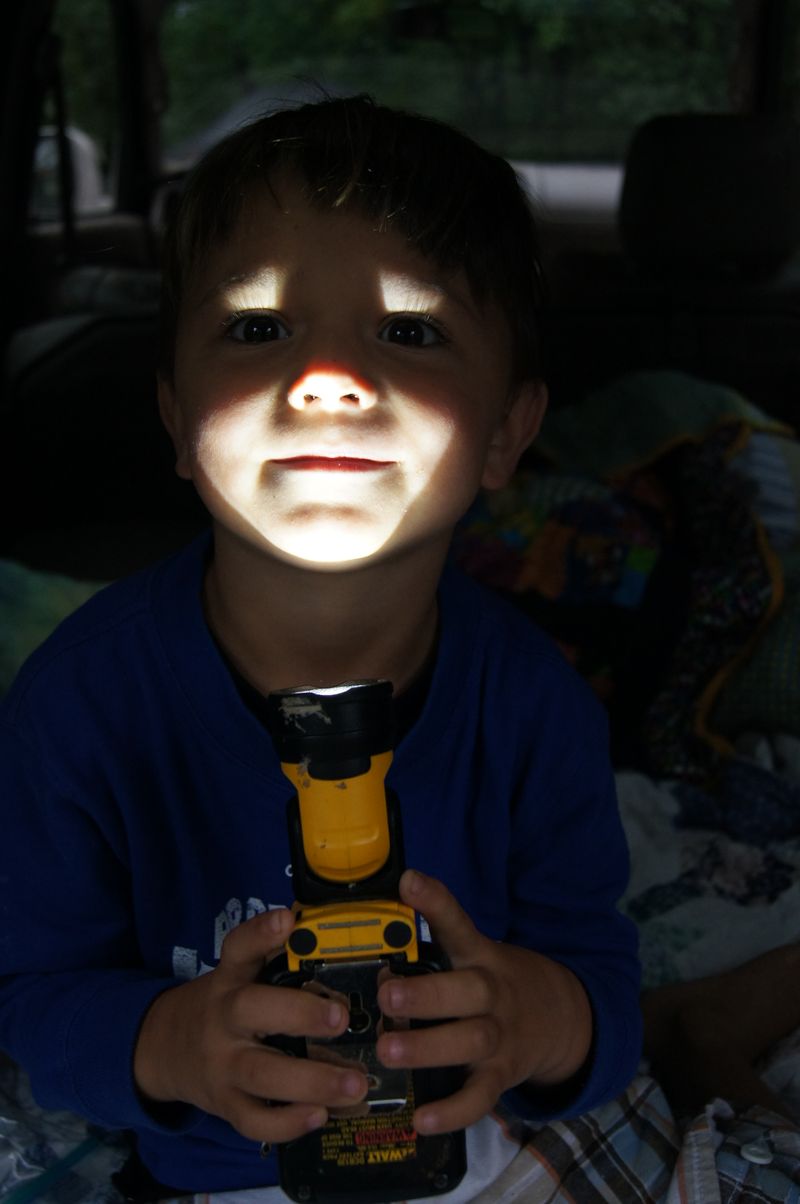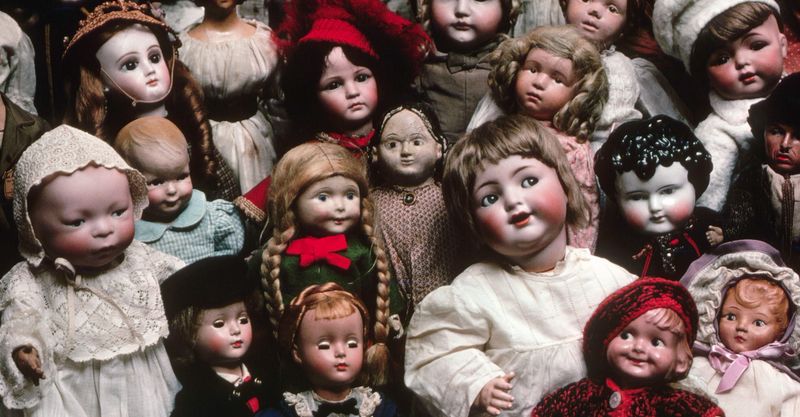Before the internet, strange stories spread through neighborhoods like wildfire. Kids whispered tales at bus stops, parents warned of hidden dangers, and everyone knew at least one local legend that kept them up at night. The 1960s and ’70s were the golden age of these suburban myths – an era when imagination filled the gaps left by limited information.
1. The Windowless Van Kidnapper
Every neighborhood had that mysterious vehicle – the dreaded windowless van that sent kids sprinting home. Parents issued stern warnings to stay away, claiming kidnappers lurked inside waiting to snatch unwary children.
Some versions included sinister details like candy lures or hidden compartments. The legend became so widespread that spotting any unmarked van would trigger immediate panic among groups of playing children.
Mostly just work vehicles for plumbers and electricians, these vans nevertheless became symbols of stranger danger in an era before Amber Alerts.
2. Television’s Hypnotic Pull
“Back away from that screen or it’ll suck you in!” Parents delivered this warning with such conviction that kids genuinely feared being absorbed into Gilligan’s Island or The Brady Bunch if they ventured too close.
The legend claimed television emitted mysterious rays that could physically pull children into another dimension if they crossed an invisible safety threshold. Some versions warned of permanent eye damage or brain-washing signals hidden in cartoon programming.
Though rooted in parental concerns about excessive TV watching, the myth took on supernatural qualities in children’s imaginations.
3. The Watermelon Seed Stomach Garden
“Don’t swallow those seeds!” The warning echoed at summer picnics nationwide. According to playground wisdom, swallowed watermelon seeds would take root in your stomach, sprouting vines that would eventually grow out your ears and nose.
Some kids meticulously picked out every black seed, while braver souls deliberately swallowed them as tests of courage. Elaborate stories circulated about unfortunate children who turned green or developed watermelon-shaped bellies.
Parents rarely corrected this harmless misconception – it encouraged careful eating and provided built-in entertainment at family gatherings.
4. The Babysitter and the Upstairs Caller
Teenage babysitters traded this spine-chilling tale in hushed tones: A sitter receives mysterious phone calls asking if she’s checked on the children. After several calls, she contacts the police who trace the line.
“The calls are coming from inside the house!” the officer shouts. “Get out now!” The terrified sitter discovers a madman has been upstairs all along. This legend spread like wildfire through slumber parties and babysitting circles.
While no documented cases matched the story, the legend tapped into real anxieties about vulnerability while caring for others’ children.
5. The Haunted House on the Corner
Sagging shutters, overgrown lawn, cracked windows – the abandoned house stood out like a sore thumb amid manicured lawns. Kids swore ghostly faces appeared in upstairs windows after dark.
Rumors varied wildly: a murdered family still wandered the halls, a witch performed midnight rituals in the basement, or a madman waited inside for foolish children who accepted dares to knock on the door. Bicycles mysteriously detoured around the property.
Most were simply foreclosed homes or residences of elderly recluses, but imagination transformed them into neighborhood portals to the supernatural.
6. Wind-Frozen Facial Expressions
“If the wind changes while you’re making that face, you’ll stay that way forever!” Parents deployed this classic threat whenever children crossed their eyes or stuck out tongues.
The mythology was surprisingly detailed – specific wind directions were supposedly more dangerous, and only a counter-wind could reverse the effect. Some kids genuinely believed their friend’s cousin’s neighbor was permanently disfigured after pulling faces during a particularly gusty day.
Though obviously false, this legend served as an effective behavior management tool for generations of exasperated parents.
7. Mind-Control Bubble Gum
Pink, sugary, and potentially dangerous – bubble gum faced serious suspicion during the Cold War era. Whispers spread that government agencies or Communist operatives had laced popular brands with mind-control chemicals to make children more compliant.
The vibrant colors and artificial flavors only fueled speculation. Some parents actually banned bubble gum, citing unnamed “studies” about behavioral changes. School playground economics thrived as forbidden gum became valuable contraband.
The legend reflected broader Cold War paranoia about infiltration and subversion of American values through seemingly innocent products.
8. The Nighttime Bed Monster’s Grasp
The space beneath the bed harbored untold horrors according to childhood wisdom. Skeletal hands waited in the darkness, ready to grab ankles of anyone foolish enough to let them dangle over the edge.
This legend spawned elaborate bedtime rituals – running leaps onto mattresses, strategic pillow barricades, and nightlights positioned to eliminate shadows. Some children swore they felt cold fingers brush against their feet during midnight bathroom trips.
The fear was so universal that many adults still instinctively avoid sitting on bed edges with feet touching the floor after dark.
9. The Twilight Zone Madness Effect
Rod Serling’s eerie anthology series sparked a peculiar warning: watch it alone and risk your sanity. According to playground lore, the show’s unsettling themes could trigger hallucinations or permanent psychological damage in solitary viewers.
Kids claimed certain episodes were particularly dangerous – especially “Living Doll” with its murderous Talky Tina. Some families established rules prohibiting solo viewing, while others banned the show entirely.
The legend highlighted the genuine unease many felt toward early science fiction that challenged comfortable realities – and perhaps explained away nightmares triggered by late-night viewing.
10. The Closet-Dwelling Nightmare
Never leave the closet door ajar – not even a crack. This cardinal rule of childhood stemmed from absolute certainty that something waited inside, watching through the sliver of darkness.
Children developed elaborate theories about what lurked within – creatures that could only move when unobserved, ghosts trapped between dimensions, or monsters that fed on fear. The distinct sound of hanging clothes shifting became terrifying evidence of an otherworldly presence.
Many kids insisted on sleeping with closet doors firmly shut and locked, creating bedtime standoffs with practical parents who preferred air circulation.
11. The Ice Cream Truck’s Sinister Signal
That cheerful melody floating through summer air? According to playground wisdom, it actually signaled that the ice cream truck was OUT of treats. Only when the music stopped was ice cream available.
Some versions took darker turns – the music lured children to empty trucks driven by kidnappers, or the ice cream contained sleep-inducing chemicals. Parents were bewildered when kids inexplicably hid from approaching trucks.
This bizarre inversion of reality likely originated from disappointed children who missed the truck, creating an explanation that transformed disappointment into insider knowledge about a supposed danger.
12. The Mirror World Doppelgänger
Mirrors weren’t just reflective surfaces – they were portals to a parallel dimension where your reverse-self lived. According to whispered warnings, staring too long might allow your reflection to switch places with you.
The legend spawned countless mirror-gazing dares and the infamous “Bloody Mary” ritual. Children reported seeing their reflections smile independently or move with slight delays. Some refused to sleep in rooms with uncovered mirrors.
The fear tapped into deeper psychological discomfort with self-recognition and the uncanny valley effect of seeing oneself as slightly “off” in reflection.
13. The Sandbox Gateway to Hell
Playground sandboxes concealed a terrible secret – dig deep enough and you’d break through to the underworld. Children swapped stories about sand turning hot and smelling like sulfur as they approached the threshold.
Brave souls claimed they heard distant screams or saw steam rising from their deepest excavations. The legend inspired both fear and determination, with kids returning day after day to continue their forbidden tunneling.
Parents inadvertently reinforced the myth by filling in suspiciously deep holes, which kids interpreted as evidence of adults protecting them from hellish breakthrough points.
14. The Backyard Bermuda Triangle
Missing neighborhood pets? Toys that vanished without explanation? Blame your local Bermuda Triangle. Following news reports about the real Atlantic mystery zone, kids designated certain areas as dangerous vortexes.
Vacant lots, storm drains, or particularly dense wooded areas became neighborhood “triangles” where objects reportedly disappeared. Some children created elaborate maps marking safe passage routes around these zones.
The legend provided convenient explanations for lost belongings while adding supernatural adventure to ordinary suburban landscapes. Many neighborhoods had their own specific triangle with unique origin stories passed down through generations of children.
15. The Robot Teacher Conspiracy
Mrs. Johnson never seemed to blink, Mr. Peterson’s handwriting never varied, and Miss Wilson always wore long sleeves – obvious signs they weren’t human! The robot teacher legend flourished in classrooms nationwide.
Students scrutinized educators for evidence of mechanical origins, from unusually precise movements to suspected battery packs. Some versions claimed teachers were government surveillance robots monitoring children for special abilities or communist sympathies.
The myth provided a fantastical explanation for the sometimes inscrutable behavior of authority figures, while reflecting Cold War anxieties about technology and surveillance that permeated even children’s consciousness.
16. The Flashlight Séance Summoning
At countless sleepovers, children pressed flashlights under their chins while chanting mysterious phrases. According to whispered tradition, this ritual could summon spirits – or something worse.
The specific chant varied by region: “Bloody Mary,” “Candyman,” or locally infamous ghosts. Participants swore rooms grew colder during the ritual, lights flickered, or strange shadows appeared on walls.
This legend’s power came from its participatory nature – children actively frightened themselves and each other, creating a self-reinforcing cycle where any unexpected sound or shadow became evidence of supernatural presence.
17. The Halloween Candy Tamperer
Halloween’s sweetest treats harbored deadly dangers according to this persistent legend. Razor blades embedded in apples, LSD-laced candy, and poisoned chocolate bars supposedly waited in trick-or-treat bags.
Parents inspected each piece, hospitals offered free X-ray screenings, and homemade treats became automatic garbage fodder. The panic reached such heights that some communities banned trick-or-treating entirely.
Though documented cases were vanishingly rare, media amplification of isolated incidents fueled nationwide paranoia. The legend fundamentally changed Halloween, transforming it from community celebration to an exercise in stranger danger awareness.
18. The Midnight Toy Awakening
Teddy bears with shifting glass eyes, dolls that changed positions overnight, toy soldiers found in new formations by morning – childhood bedrooms harbored secret midnight activities according to this widespread belief.
Children set up elaborate traps to catch toys in action, from strategic talcum powder trails to Polaroid cameras rigged with string triggers. Some claimed they caught glimpses of movement just before falling asleep or upon waking suddenly during the night.
The legend gained credibility from pop culture references like The Twilight Zone’s “Living Doll” episode, blurring the line between entertainment and perceived reality.

